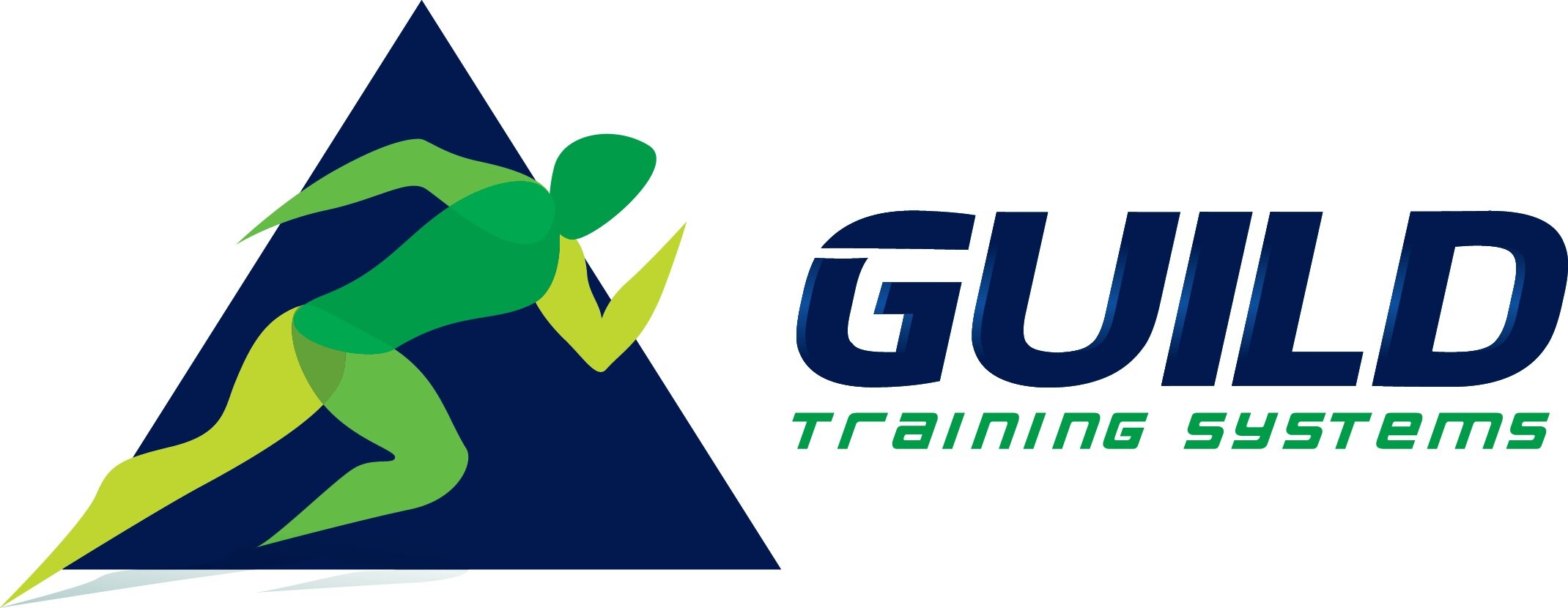Heart Rate How and Why
Heart rate is one of the simplest physiological responses to exercise that we can track in the weight room. Whether it’s using a watch, chest strap or the old school finger to neck method, heart rate can paint a picture of what’s going on under the hood with a training athlete.
Limitations of using heart rate as a trackable metric during training are the variables that go into a person’s heart rate. Caffeine consumption, sleep quality, heat index, work stress and the list goes on. Even with these limitations, heart rate gives us the opportunity to understand the impact of individual exercises on an athlete. Put ¼ bodyweight in each hand for a farmer’s carry and one athlete may cruise at 120 bpm while another is cresting at 140-150.
Who cares?
Coaches should. Heart rate not only helps us understand the true impact of certain training stimulus, it provides a way to objectively provide constraints to an athlete’s training program. Age, fitness level and pre existing conditions directly impact a person’s ability to train safely. Without paying attention to heart rate during training sessions, how can we confidently say we’re doing all we can to maintain a safe training environment?
Using basic resting heart rate and calculations like the Karvonen formula to program efficient cardiovascular exercise can be a difference maker in a program leading to success or an under/over training effect. It’s difficult to find the sweet spot when prescribing exercise intensity and volume and having objective heart rate measurements make those decisions far easier.
Be diligent when selecting how to measure heart rate during training. While watches are easy and generally inexpensive, we’ve found in-house that those heart rates can be 20+ bpm off in either direction, meaning that an athlete could be put at risk or receive a poor training effect without ever knowing it. Chest straps are our favorite way of recording heart rates during training sessions as we’ve found them to be most accurate. Either way, something is better than nothing. Have an idea at least!
Take care, stay safe, wear a mask and enjoy training!
